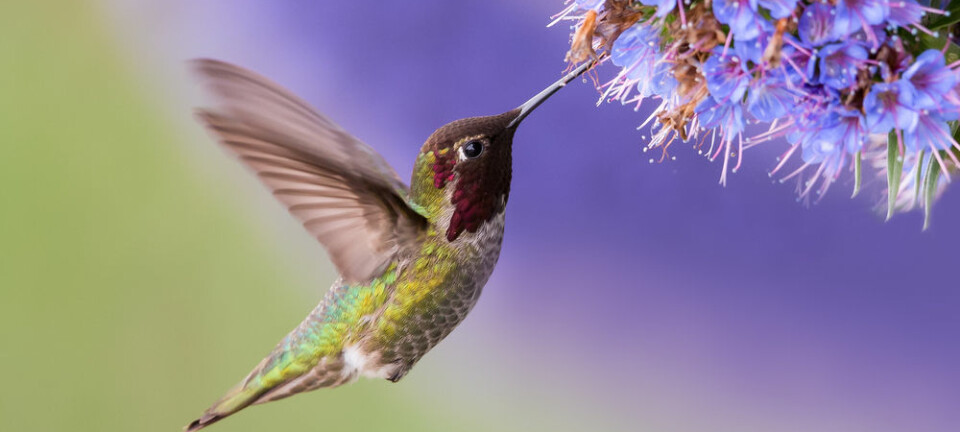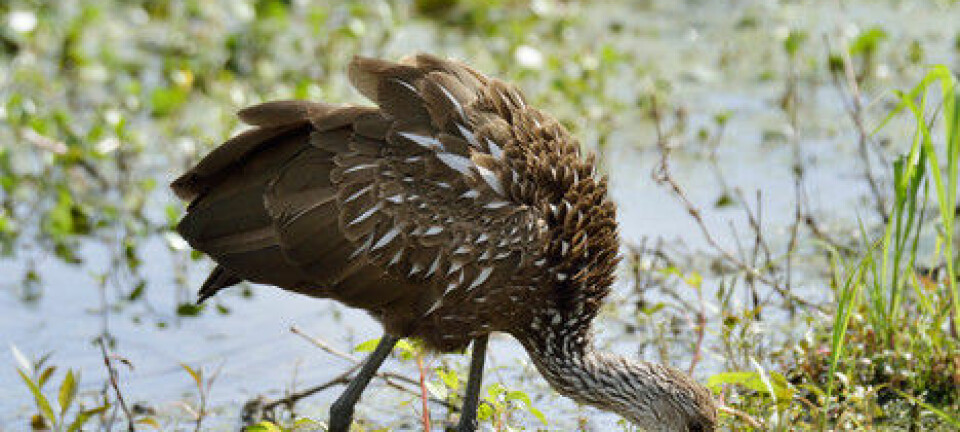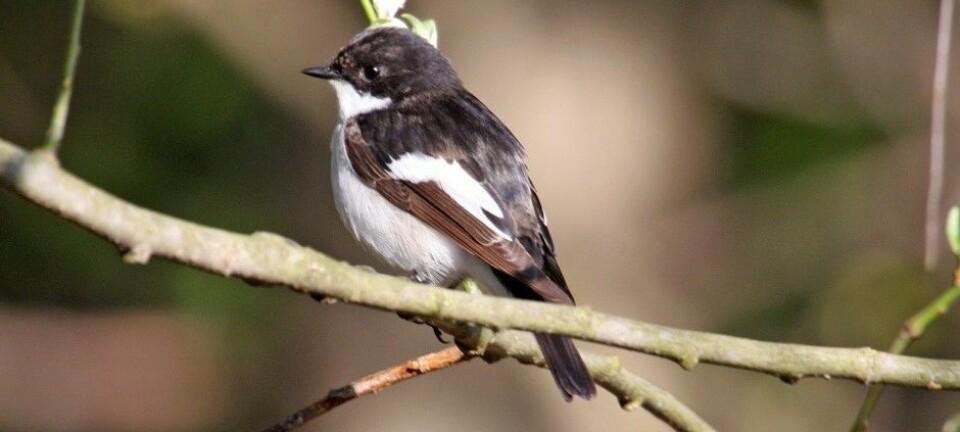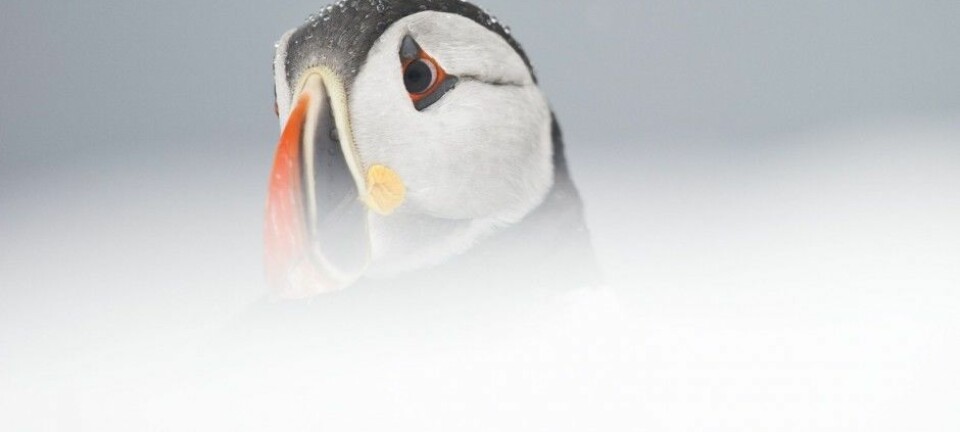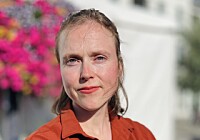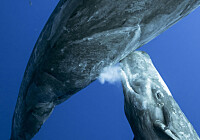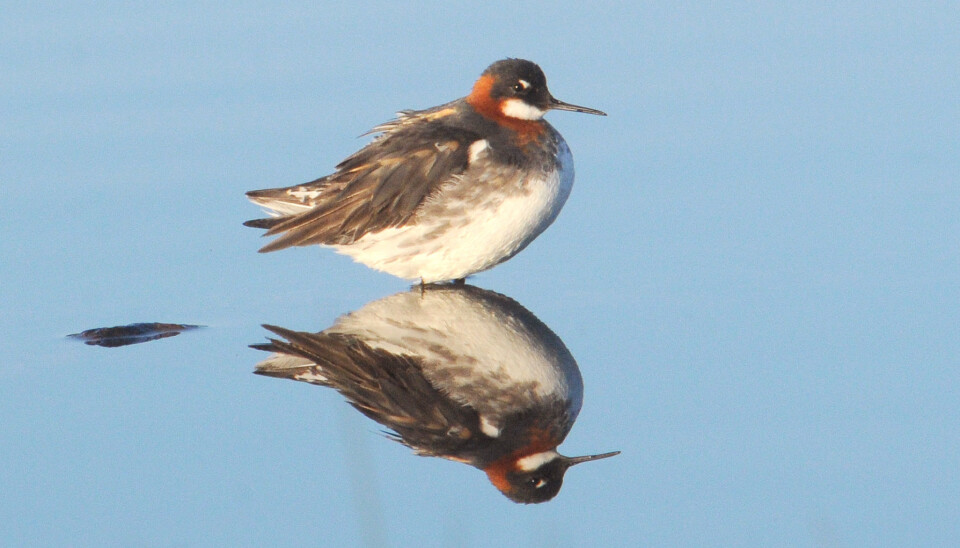
Northern European peatland birds down more than one third since 1981
But urgent conservation actions could reverse this trend.
In a recent international study we reported that the populations of peatland birds in Finland, Sweden, Norway, Estonia and Latvia, have decreased by 40 per cent during the past three decades.
This is a staggering loss and raises severe concerns about peatland biodiversity, particularly in relation to the European and global goals for maintaining biodiversity.
But our study also indicates that these losses can be reversed. In countries that have taken measures to protect and preserve peatlands, bird populations actually increased over the same period.
Based on this evidence, we recommend an urgent need for a large-scale restoration project to improve the general state of peatlands in Northern Europe. This would not only improve breeding conditions of peatland birds, but it would also mitigate other issues associated with loss of peatlands, such as reducing the risk of flooding, increase storage of CO2, and enhance berry crop production.
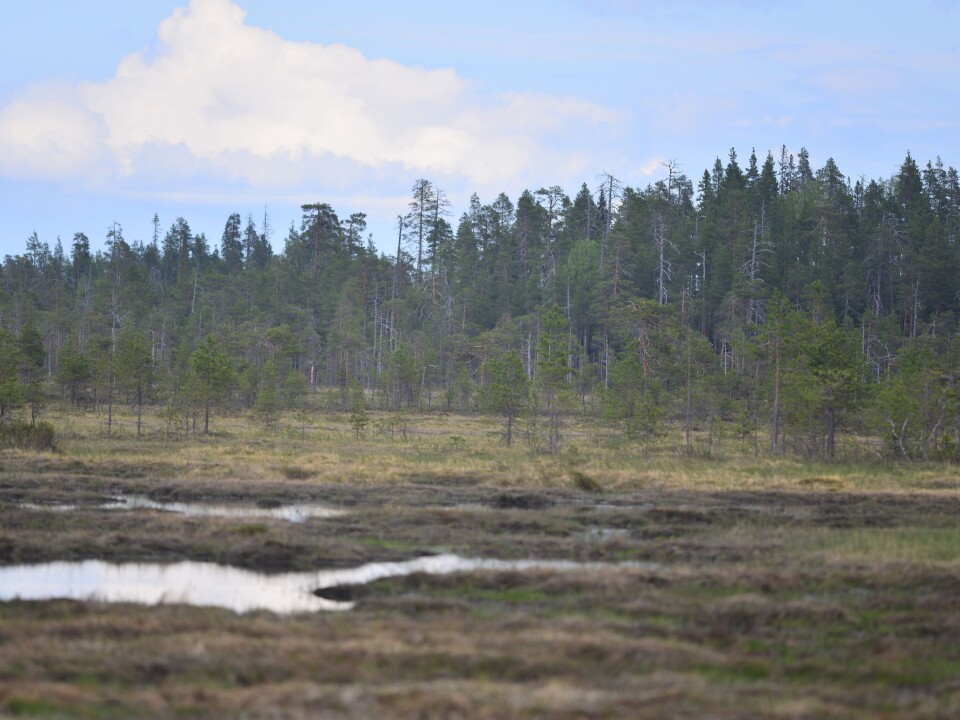
Here we take a deeper look at how we reached this point, and how we can help peatland birds like the ruff, spotted redshank and yellow wagtail, to make a come back.
Read More: Groundbreaking genome sequencings reveal how birds became birds
Biggest loses in Finland
As part of the study, published in the journal Biological Conservation, we monitored bird populations in northern Europe between 1981 and 2014.
Out of all the Nordic and Baltic countries we studied, we saw biggest losses (approximately 50 per cent declines) in Finland, where the situation is particularly serious. One of the species of deep concern is the Finnish ruff, whose population has fallen by approximately 97 per cent since 1981.
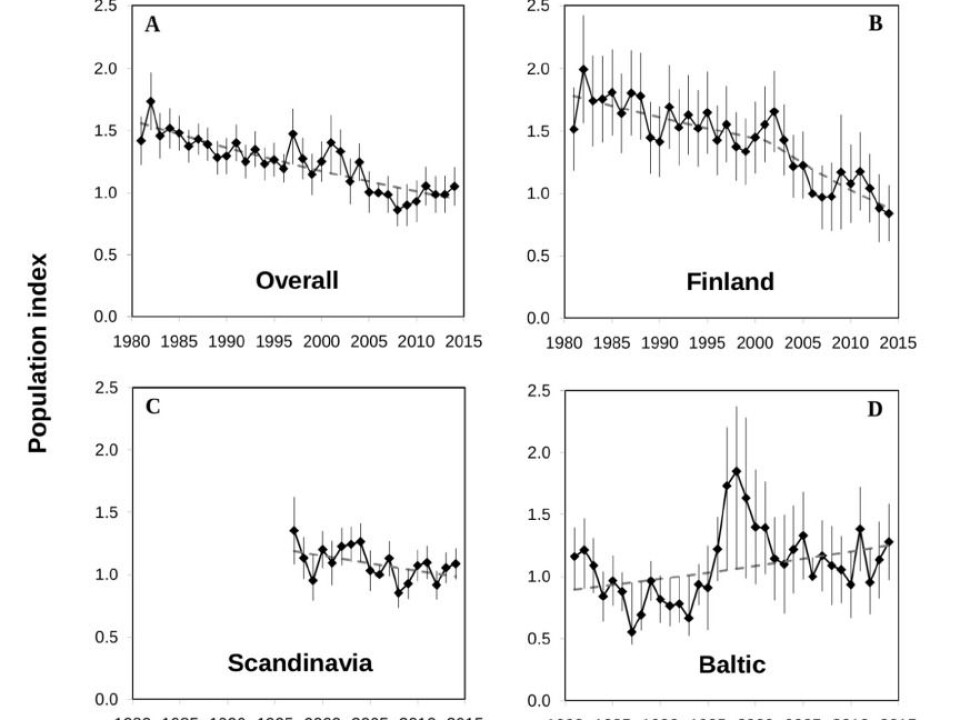
Many other common peatland birds, such as the wood sandpiper, the meadow pipit, the yellow wagtail, and the common reed bunting, have also declined by a third or more since 1981.
The only peatland bird that has become more common in all of the countries studied (Norway, Sweden, Finland, Estonia, and Latvia) is the crane, whose population has tripled over the last three decades. This is probably due to a reduction in hunting in its wintering quarters and also along its migration route, and therefore not likely linked to the conditions in peatland areas.
Read More: Why do these birds throw themselves off cliffs?
Peatland drainage and the peat industry are to blame
So what is behind such a rapid loss of bird populations?
Monitoring data from Finland suggest that diminishing natural peatlands after decades of wetland draining and peat production is to blame. Loss of preferred habitats for peatland birds, such as open fens and undrained swamps, has been especially strong in the southern and central parts of the country.
In many Nordic countries, but especially in Finland, peatlands have been drained for decades by constructing ditches, with the aim of improving forest growth for logging purposes. However, a large part of this ditching has proved to be pointless: research has shown that trees still grow poorly and the natural habitat has been destroyed.
Today, Finland has the highest percentage of ditched peatlands compared with other northern European countries. About half of Finland peatlands have been ditched and only 14 per cent of them are protected, mainly in northern Lapland.
Read More: Scientists solve old mysteries of bird migration routes
Protect peatland to boost bird populations
The situation is much better in the Baltic countries. Take Estonia as an example. Here, approximately 75 per cent of open peatlands are protected, and populations of peatland birds are on the rise (Up 40 per cent since 1981).
In Sweden and Norway, where drainage is not as widespread as in Finland, peatland bird populations have sustained smaller losses of 20 per cent in two decades.
However, the level of protection of peatlands in all of these Nordic countries is lower than in Estonia.
Read More: Climate and intensive farming push European birds into decline
Draining peatland does not only affect birds
Reduced bird numbers in peatlands is only one of the downsides of drainage. Draining of peatlands also erodes several other ecosystem services.
For instance, as soils dry out more nutrients can be quickly flushed into the ditches and towards the lower catchment. This results in increased eutrophication (an excess in nutrients) in lowland wetlands, which is known to reduce food availability for many wetland species of birds, leading to population declines.
Drier soils also emit more carbon than wet soils, contributing to climate change. While natural peatlands prevent flooding, as the water flow from peatlands to lower catchment areas is reduced.
In addition, fruit such as cloudberries and cranberries, which are important resources for birds and mammals as well as people, are much less common in ditched peatlands than in natural peatlands.
Read More: Birdsong is genetically coded
Countries should preserve peatland ecosystems
Nordic countries like Finland, Sweden, and Norway, can learn from the success of countries like Estonia, where the status of peatland bird populations has been improved by protecting the existing peatlands and by restoring previously drained peatlands and marshes.
Several case studies have shown that ditched peatlands can be restored by managing the water level. Whereby existing ditches are filled, allowing the water level to rise again. In doing so, populations will start to recover after some years.
Since Finland has the largest peatland area in relation to other countries in the European Union, we also have the greatest responsibility for maintaining the populations of peatland birds. Consequently, we should all invest more time and effort in protecting and restoring these valuable wetlands.

